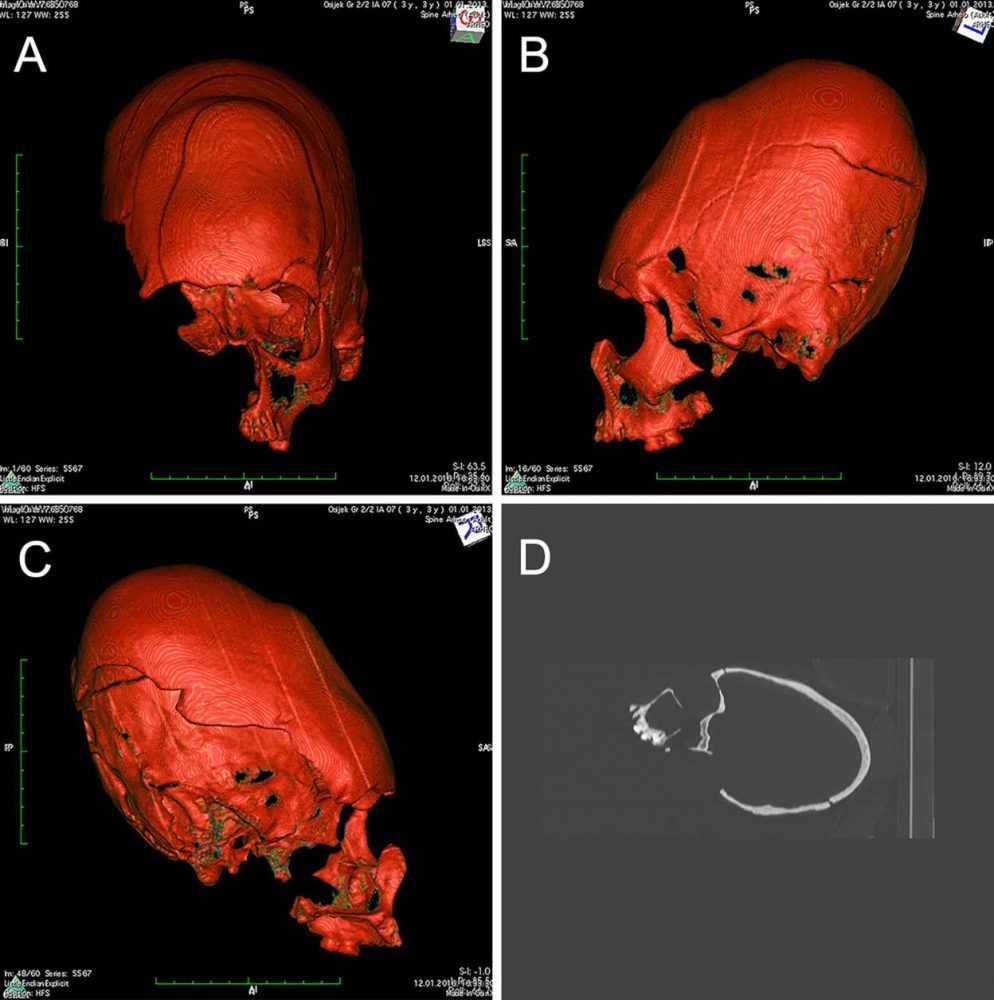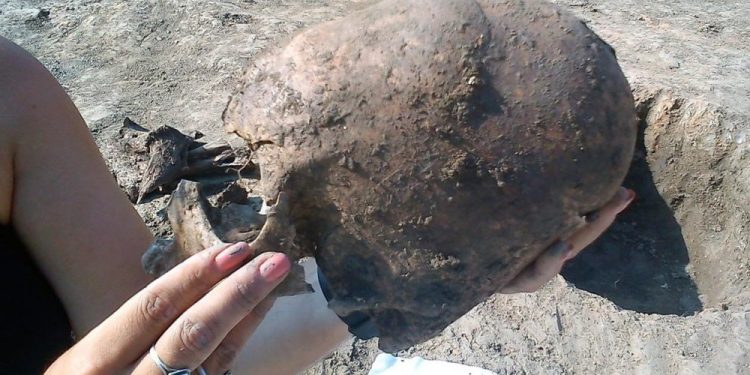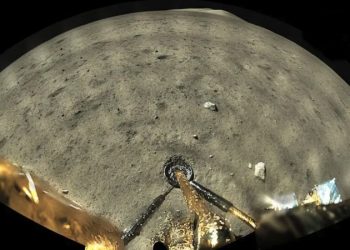A recently published study has revealed new clues about three ancient, skulls discovered in Croatia, two of which were extremely elongated, adopting a nearly alien look. It is believed that the elongated skulls in Croatia follow the same pattern as all other elongated skulls discovered across the world, and are the result of artificial cranial deformation.
The elongated skulls were excavated by archeologists at a site called Hermanov vinograd, located in eastern Croatia.
Archaeologists reported having discovered a peculiar pit that contained the remains of three teenagers. The boys had been buried there sometime between 415 and 560 A.D.
Two elongated skulls
The skulls of two of the boys presented artificial deformation and a genetic analysis published in the journal PLOS ONE has revealed another curious fact: the three teenagers buried together had very different genetic backgrounds. The one that lacked cranial adjustment had Western Eurasian descent, the teenager who had an elongated but rounded skull had ancestry from the Middle East and the boy with a very elongated skull had ancestry from East Asia, mainly.
“When we got the ancient DNA results we were quite surprised,” says senior author Mario Novak of the Institute for Anthropological Research in Zagreb, Croatia.
“It is obvious that different people were living in this part of Europe and interacting very closely with each other. Maybe they used artificial cranial deformation as a visual indicator of membership in a specific cultural group.”

Global Phenomenon
Curiously, elongated skulls have been discovered in cultures across the entire planet. No matter where you look, whether Central, North and South America, Asia, Africa, and Europe. Ancient Cultures, thousands of years ago, are found to have had people within their societies with extremely elongated skulls.
Researchers say these elongated skulls were not a natural feature but the result of Artificial Cranial Deformation (ACD), which involved binding a child’s head from infancy in order to deform the skull. Looking back into history, researchers have argued that this has been practiced across the planet since at least the Neolithic.
It has been reported not long ago that a group of archeologists has discovered elongated skulls believed to date back at least 12,000 years in Asia.
The people would elongate their skulls as a sign of wealth and status, the researchers believe. the discovery has led experts to theorize that the elongated skull phenomenon may have arisen in Asia, and then slowly spread to the rest of the world. The Asian elongated skulls were recovered from the archeological site of Houtaomuga, where experts discovered as many as 25 skeletons dating back between 5,000 and 12,000 years. Eleven of the twenty-five skeletons had extremely elongated skulls.
Not the only elongated skulls in Croatia
The Croatian Elongated skull discovered at the archeological site of Hermanov Vinograd are not the only ones. According to Novak, a dozen skulls showing clear signs of artificial cranial deformation have been discovered outside of Hermnaov’s vinograd, but regrettably, no scientific studies about the skulls have been published so far.
According to Novak and his colleagues, the recent discoveries made at Hermanov’s Vinograd support a long-standing theory that the Huns introduced Artificial Cranial Deformation in Central Europe.
“For the first time now we have physical, biological evidence of the presence of East Asian people, probably the Huns, in this part of Europe, based on ancient DNA results,” Novak explained.
However, the exact origin of the Huns is debated and some theories suggest the Huns came not from East Asia but from the northern parts of the Black Sea.
The results of the study have been published in the Journal PLOS ONE.











